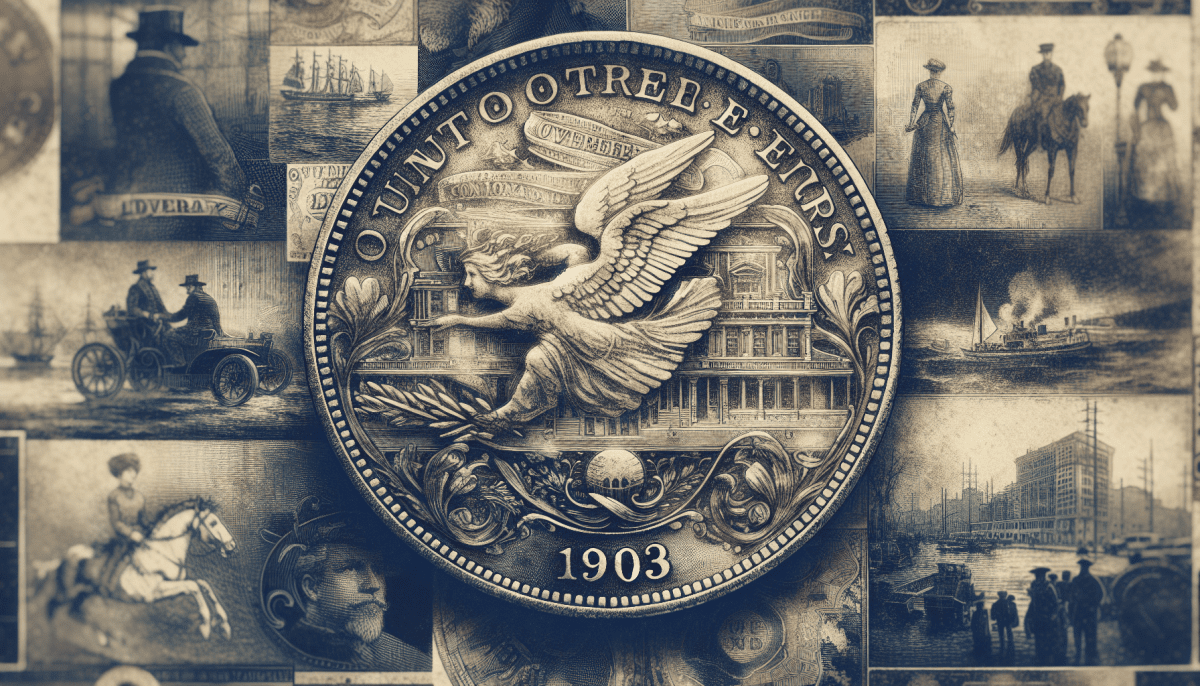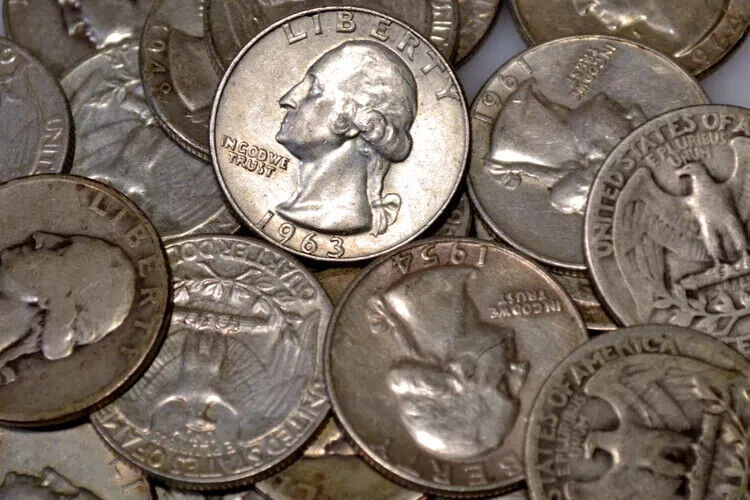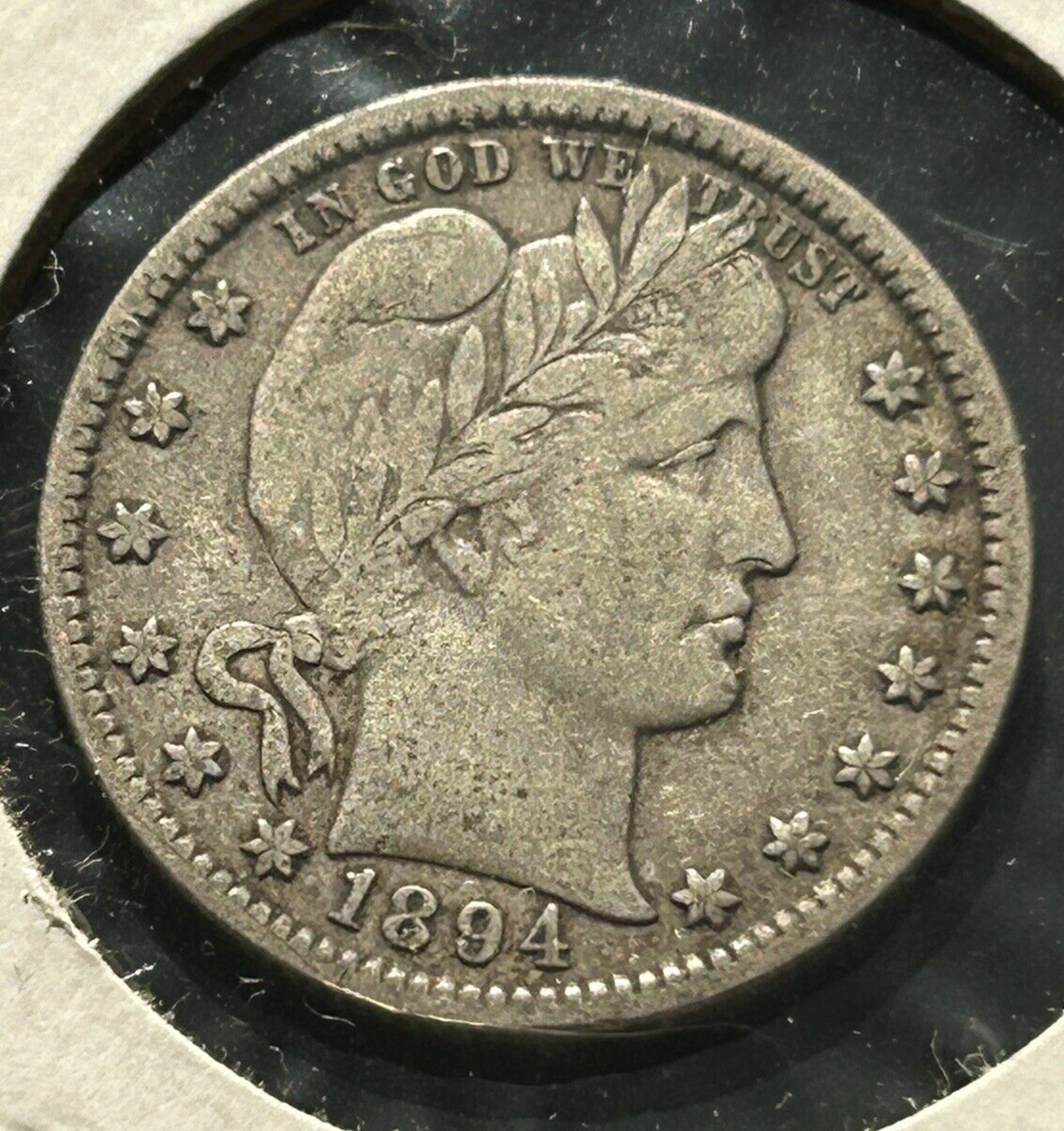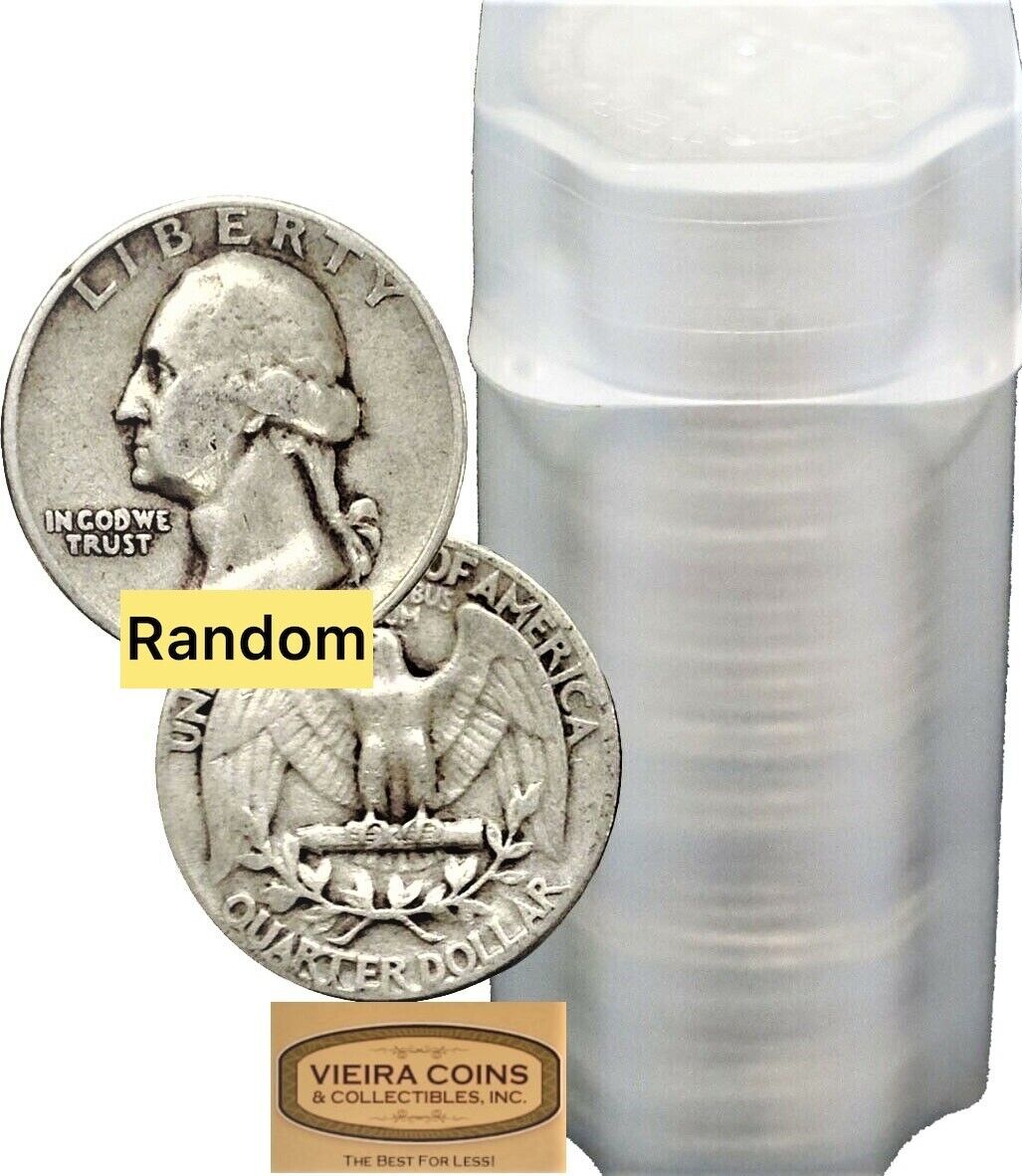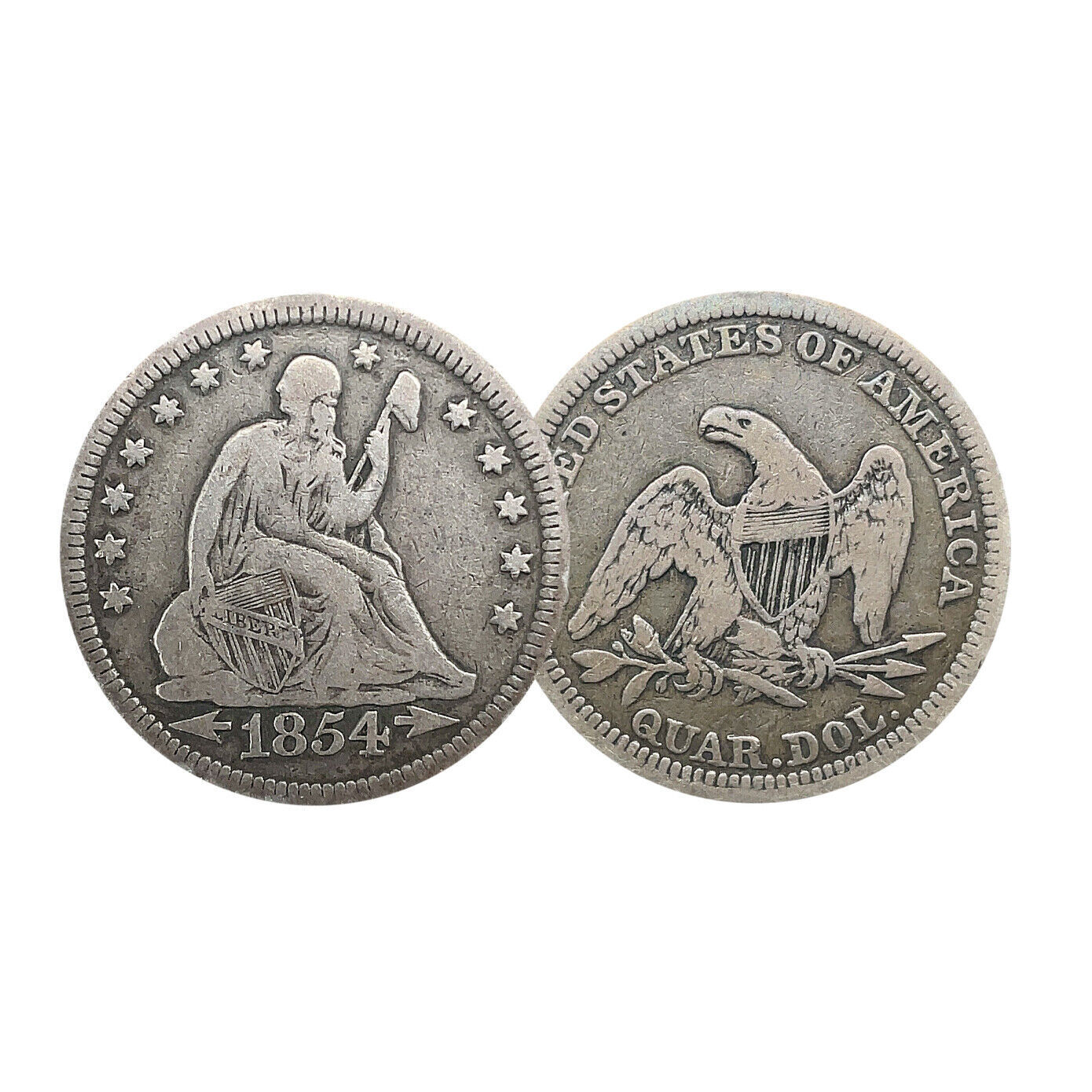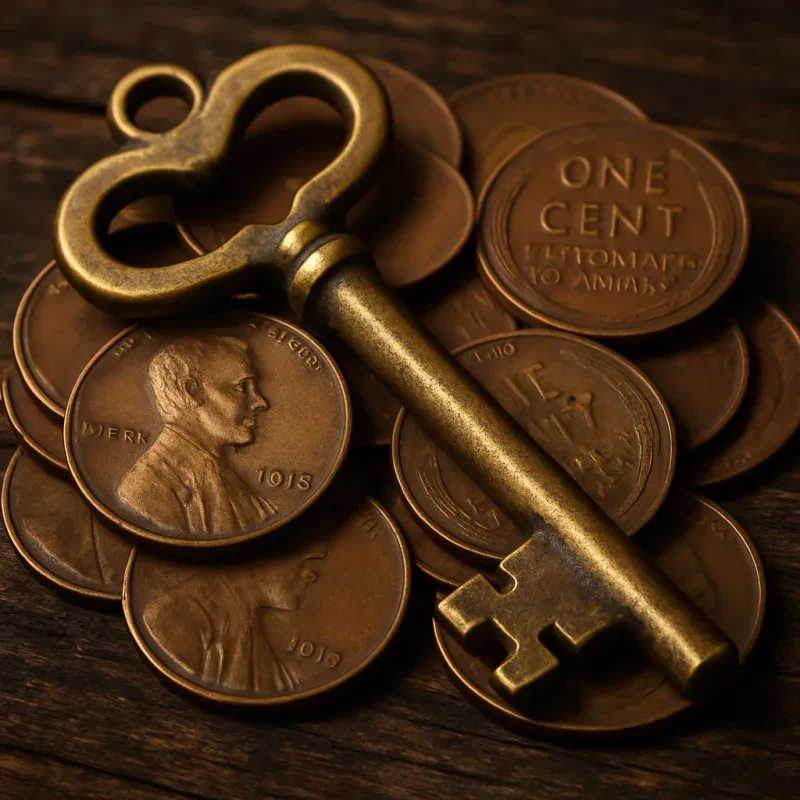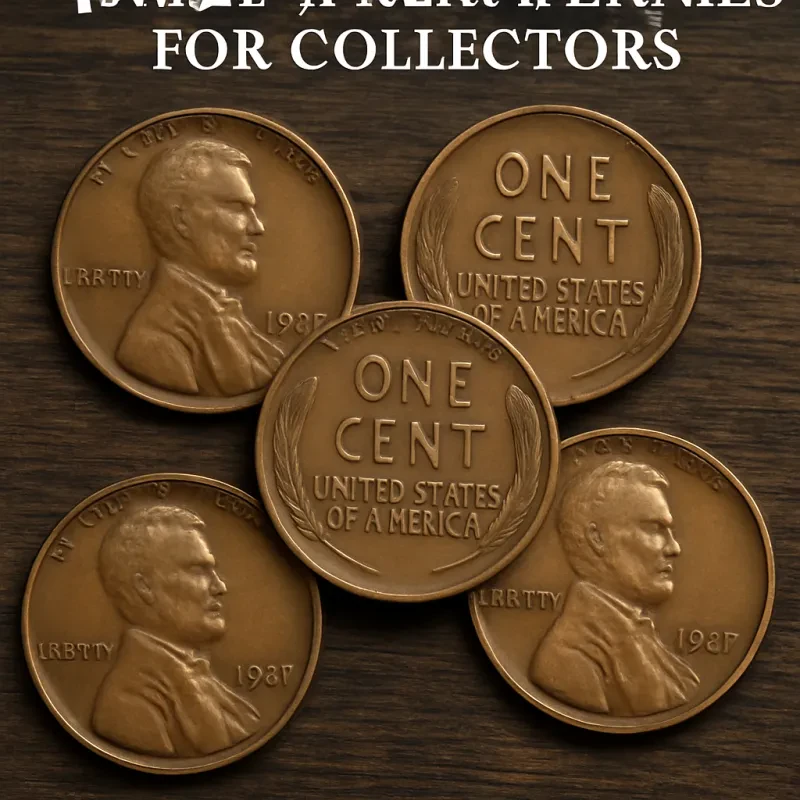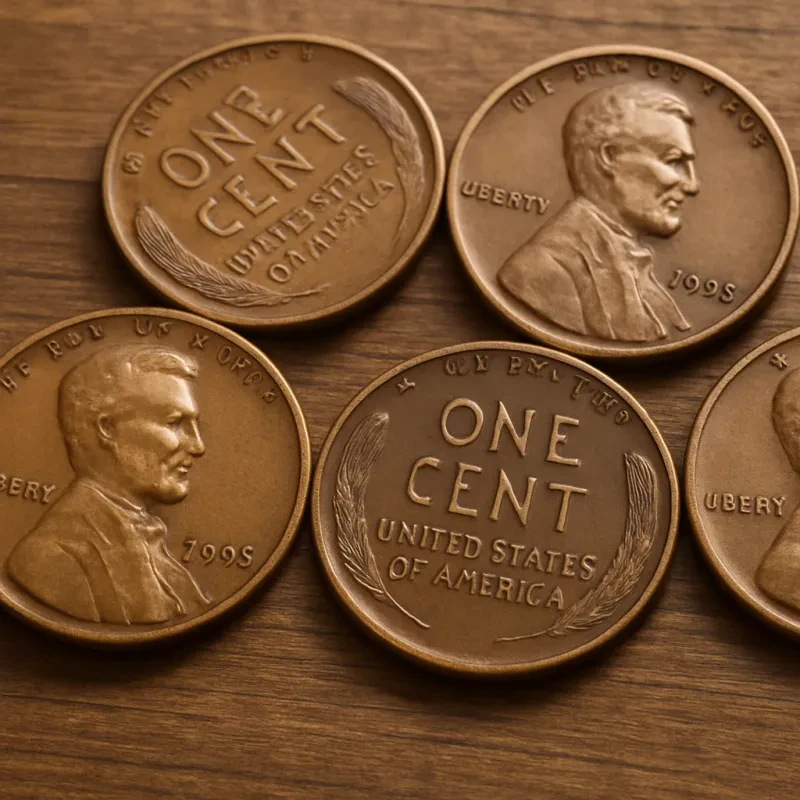The 1903 quarter is an intriguing piece of American numismatic history. Whether you are a seasoned coin collector or a beginner looking to expand your collection, understanding the history, rarity, and value of this coin can help you make an informed decision. This guide provides everything you need to know about the 1903 Barber quarter, including its design, mintage, varieties, and how to determine its worth.
History of the 1903 Barber Quarter
The 1903 quarter is part of the Barber quarter series, which was minted from 1892 to 1916. The series was named after its designer, Charles E. Barber, who was the Chief Engraver of the United States Mint at the time. The Barber quarter was introduced as part of a redesign of American coinage, replacing the Seated Liberty quarter.
The Barber design was applied to dimes, quarters, and half dollars, making it one of the most recognizable coin designs of the early 20th century. While initially criticized for lacking artistic flair, the Barber quarter remains highly collectible due to its historical significance and the scarcity of some dates and mintmarks.
Design and Features of the 1903 Quarter
The 1903 quarter features the classic Barber design, which includes:
-
Obverse (Front): The obverse showcases a right-facing portrait of Lady Liberty wearing a Phrygian cap and a laurel wreath. Above her head is the inscription “IN GOD WE TRUST,” while the date “1903” is placed below.
-
Reverse (Back): The reverse displays a heraldic eagle with outstretched wings, clutching arrows and an olive branch. The inscription “UNITED STATES OF AMERICA” is curved above the eagle, with the denomination “QUARTER DOLLAR” below.
-
Mint Mark: The mint mark, if applicable, is located below the eagle’s tail feathers on the reverse side.
Mintage and Mint Marks
The 1903 Barber quarter was produced at three different mints, each impacting its rarity and value:
-
Philadelphia Mint (No Mint Mark): 9,759,022 coins were struck at the Philadelphia Mint. This is the most common variety of the 1903 quarter.
-
New Orleans Mint (O Mint Mark): 2,180,000 coins were minted in New Orleans. These are scarcer than the Philadelphia issue and can command higher premiums in well-preserved conditions.
-
San Francisco Mint (S Mint Mark): 1,148,000 coins were struck in San Francisco, making this the rarest of the three varieties. The 1903-S quarter is particularly sought after in high grades.
Rarity and Collectibility
The rarity of a 1903 quarter depends on several factors, including mintage numbers, surviving population, and condition. While lower-grade examples are more common, finding a 1903-S quarter in uncirculated condition is extremely challenging, making it highly desirable among collectors.
Key factors influencing collectibility include:
-
Historical Appeal: As part of the Barber series, the 1903 quarter holds historical significance in American coinage.
-
Survival Rate: Many 1903 quarters saw heavy circulation, which means well-preserved specimens are relatively scarce.
-
Mint Mark Rarity: The San Francisco issue is the rarest, while the Philadelphia issue is the most common.
Grading the 1903 Barber Quarter
Like all collectible coins, the condition of a 1903 quarter plays a major role in determining its value. Coins are graded using the Sheldon scale, which ranges from Poor (P-1) to Mint State (MS-70).
Grading Guidelines for the 1903 Quarter:
-
Good (G-4): Heavy wear with most details worn smooth. The date and major elements are still visible.
-
Fine (F-12): Moderate wear with some details visible, but overall softness in design elements.
-
Very Fine (VF-20): Moderate to light wear; design elements are clear but lack fine details.
-
Extremely Fine (EF-40): Slight wear on high points; most details remain sharp.
-
About Uncirculated (AU-50): Light friction on highest points; retains much of its original mint luster.
-
Mint State (MS-60 to MS-70): No wear, with varying degrees of luster and surface quality. MS-65 and higher grades command premium prices.
Value of the 1903 Quarter
The value of a 1903 quarter varies based on its mint mark, condition, and market demand. Here is a general price range:
-
Philadelphia (No Mint Mark)
-
G-4: $10-$15
-
VF-20: $50-$75
-
MS-60: $200+
-
-
New Orleans (O Mint Mark)
-
G-4: $15-$25
-
VF-20: $75-$120
-
MS-60: $300+
-
-
San Francisco (S Mint Mark)
-
G-4: $30-$50
-
VF-20: $200-$300
-
MS-60: $1000+
-
Higher-grade 1903-S quarters in MS-65 or better can reach several thousand dollars at auction due to their scarcity.
Tips for Collecting and Buying a 1903 Quarter
If you’re looking to add a 1903 quarter to your collection, consider the following tips:
-
Verify Authenticity: Due to their value, Barber quarters, especially key dates, are sometimes counterfeited. Buy from reputable dealers or have the coin authenticated by a third-party grading service (PCGS, NGC, or ANACS).
-
Check for Cleaning or Damage: Cleaning significantly reduces a coin’s value. Look for coins with original surfaces and avoid cleaned or altered specimens.
-
Consider Investment Potential: The 1903-S Barber quarter is an excellent investment due to its scarcity and historical appeal.
-
Buy Certified Coins for High Grades: If investing in high-grade specimens, purchase coins that have been professionally graded to ensure quality and authenticity.
Final Thoughts: Should You Collect the 1903 Barber Quarter?
The 1903 Barber quarter is a fascinating coin with historical significance, rarity, and investment potential. Whether you collect coins for historical appreciation, aesthetic beauty, or investment purposes, this quarter is a worthy addition to any numismatic collection.
From common Philadelphia issues to the elusive 1903-S, this coin offers a range of options for collectors at different budget levels. If you come across a well-preserved specimen, it may be well worth adding to your collection.
Happy collecting!
